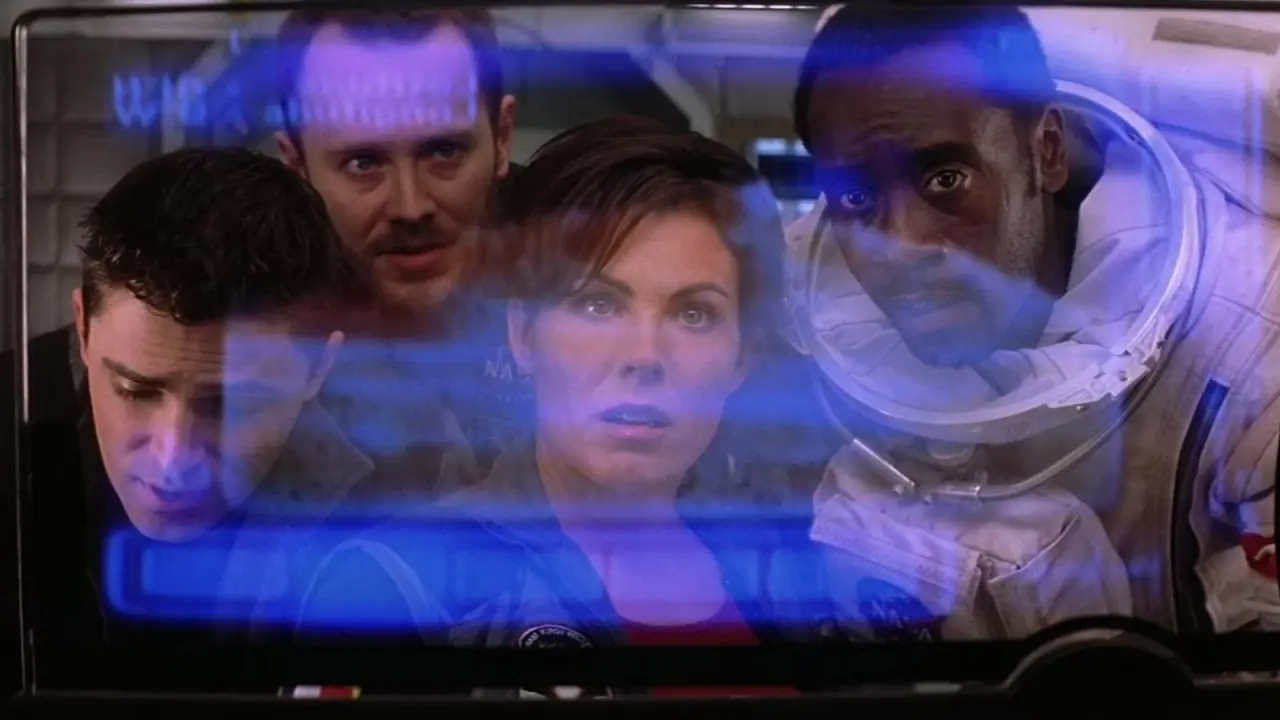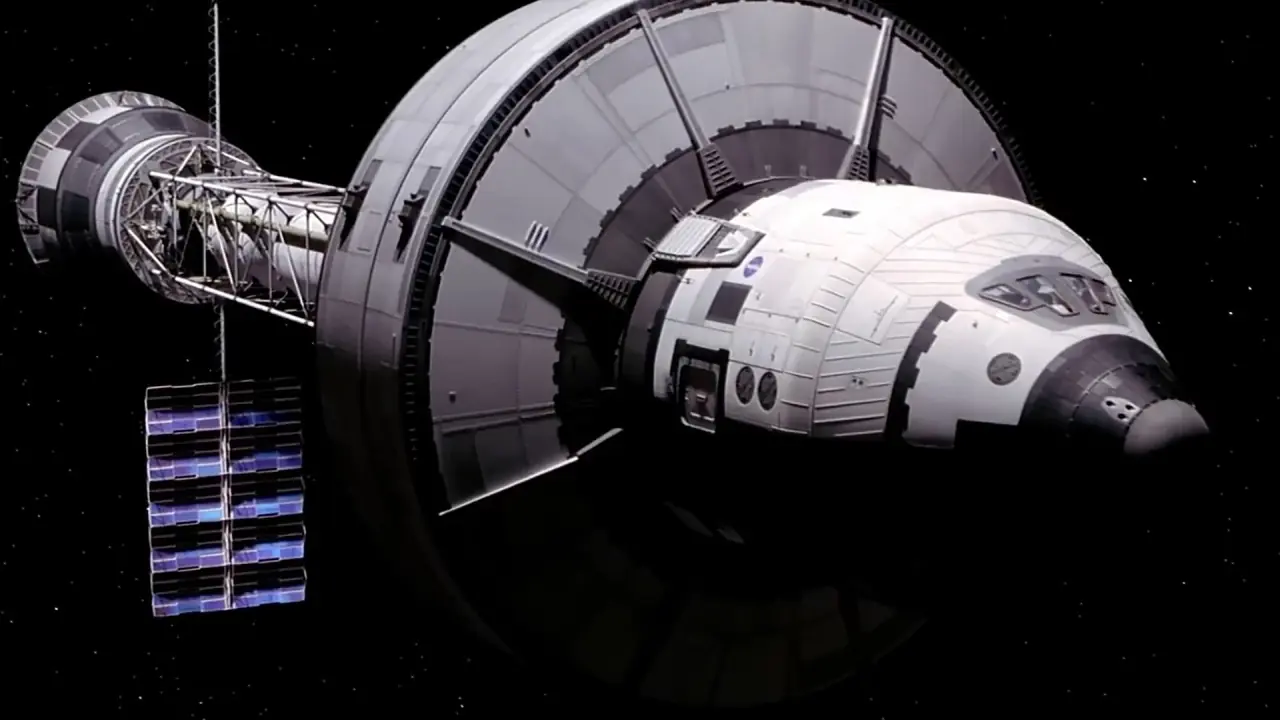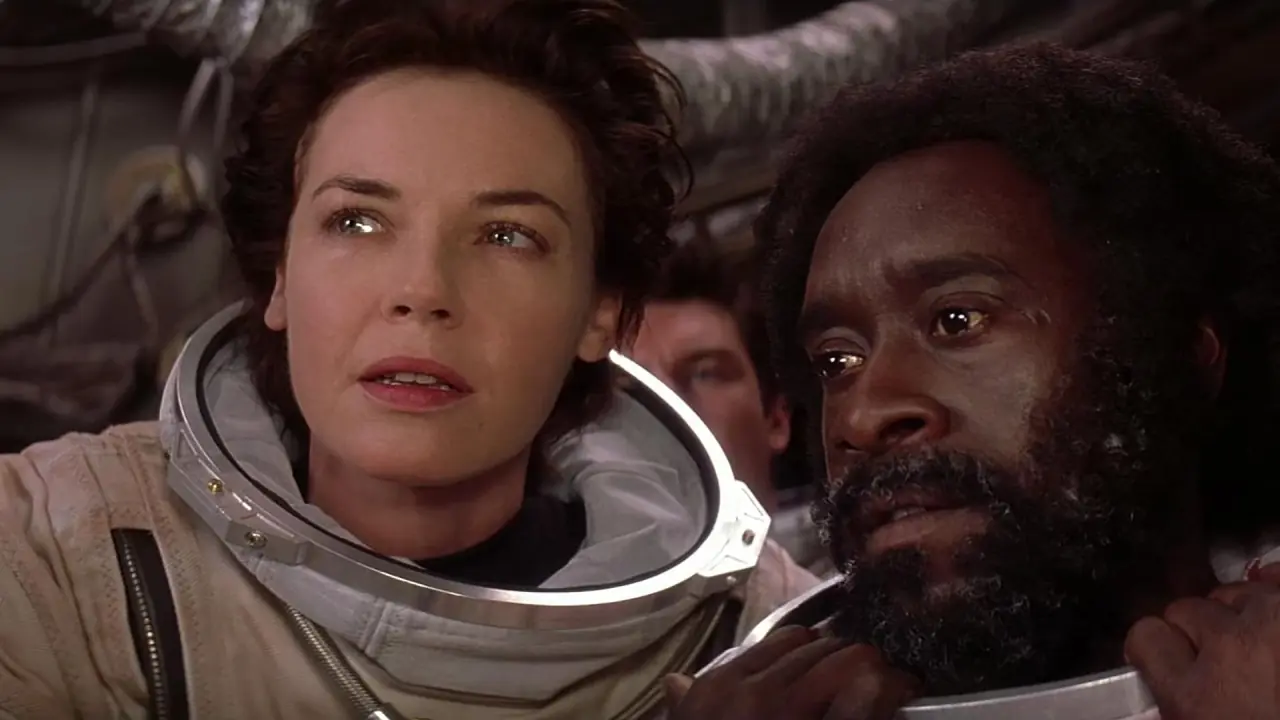
In 2000, Mission to Mars arrived in theaters with high expectations, promising a visually stunning sci-fi adventure exploring humanity’s place in the universe. With a growing public interest in Mars and space exploration, the film seemed poised for success. However, despite its ambitious premise and a strong cast, Mission to Mars became both a critical and financial disappointment. What went wrong?
A Confused and Predictable Storyline
The film follows a rescue mission to Mars after an earlier crew vanishes under mysterious circumstances. As the story unfolds, the astronauts uncover an ancient alien presence that reshapes their understanding of human history. While the premise had potential, the execution fell flat.

The first half of the film successfully builds tension, but the second half veers into predictability and sluggish pacing. The story attempts to balance emotional drama with hard sci-fi exploration but struggles to do so effectively. The final act, featuring an alien revelation, was meant to be profound but instead felt underwhelming and overly sentimental. Many critics compared it to 2001: A Space Odyssey, but Mission to Mars lacked the depth and subtlety to pull it off.
Weak Dialogue and Underdeveloped Characters
With a cast that included Gary Sinise, Tim Robbins, and Don Cheadle, Mission to Mars had the potential for strong performances. However, poorly written dialogue and one-dimensional character arcs made it difficult for audiences to connect with the crew.

Despite Sinise’s best efforts, his character, Jim McConnell, is a grieving astronaut whose emotional depth is never fully explored. The interactions between the crew members feel forced and unnatural, with little chemistry between them. Even dramatic moments, such as a major character’s tragic demise, fail to evoke genuine emotion due to clunky writing and lack of character investment.
For a film that aims to be a compelling space drama, the lack of well-developed relationships and engaging personal stakes was a major flaw.
Poorly Timed Release and Market Saturation
One of Mission to Mars’s biggest challenges was its poor release timing. In 2000, another Mars-themed film, Red Planet, was also hitting theaters. With two similar films competing for the same audience, many viewers opted to watch only one, leading to lower box office performance.
Additionally, Red Planet embraced a more action-packed approach, while Mission to Mars positioned itself as a thoughtful, philosophical sci-fi film. Unfortunately, the latter’s confused execution and lack of narrative strength left it unable to stand out in a crowded market.
The film needed a stronger marketing strategy to differentiate itself, but instead, it faded into the background of early 2000s sci-fi disappointments.
Uneven Visual Effects
For a big-budget sci-fi film, visual effects are crucial. While Mission to Mars featured some impressive zero-gravity sequences and realistic NASA technology, other effects felt dated and inconsistent—even for its time.
The film’s Mars landscapes and space sequences were a mixed bag, with some scenes appearing visually stunning, while others lacked polish. The most criticized element was the depiction of the alien entity in the climax, which many viewers found cartoonish and unconvincing.
Interestingly, director Brian De Palma, known for films like Scarface and The Untouchables, had no prior experience with special effects-heavy movies. He reportedly found working with CGI frustrating and clashed with the visual effects team throughout production. The film’s final alien scene was heavily altered in post-production, contributing to the inconsistent quality of the VFX.
Compared to sci-fi masterpieces that came before—like 2001: A Space Odyssey—and even Apollo 13, which had set a new standard for realism, Mission to Mars felt underwhelming in its execution.
A Genre Identity Crisis
One of the biggest reasons for Mission to Mars’s failure was its inability to define its genre.
- At times, the film tries to be a suspenseful space thriller, but it lacks the tension needed to keep audiences engaged.
- In other moments, it leans toward a grand sci-fi mystery, yet it never delivers a satisfying payoff.
- By the final act, it shifts into a sentimental, spiritual journey, which many found overly melodramatic and lacking emotional depth.
The result was a tonally inconsistent film that didn’t resonate with general audiences or die-hard sci-fi fans.
Conclusion: A Sci-Fi Misfire
Mission to Mars was an ambitious but ultimately flawed attempt at a big-budget space epic. With a $90 million budget, it barely recovered its costs, grossing only $111 million worldwide—a financial disappointment considering the marketing expenses.
Its predictable plot, weak character development, inconsistent effects, and lack of a clear genre identity doomed it to be one of the most forgettable sci-fi films of the 2000s. While some viewers still appreciate its attempt at deeper themes, it remains a cautionary tale of how a great concept can fall apart in execution.
